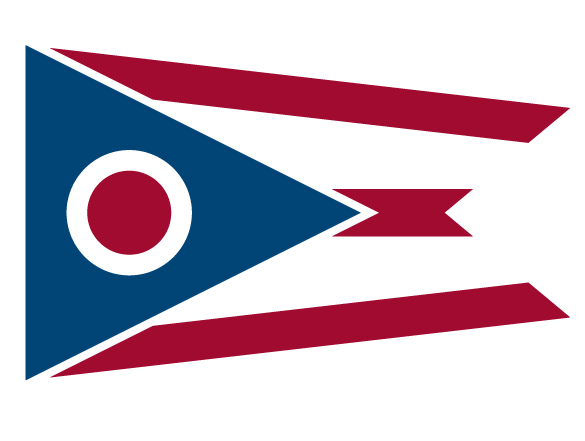Backflow Prevention
Link to Environmental Protection Agency (EPA)
Frequently Asked Questions:
- What is Backflow?
The flow through a cross-connection from a possible source of contamination back into the drinking water system
- What is Cross-Connection?
Any physical connection between a possible source of contamination and any drinking water system piping
- Why does Backflow occur?
Backflow occurs when a cross-connection is created and pressure reverses, either as backsiphonage or backpressure, in the water supply piping
- What are some common backflow hazards that threaten the homeowner and other consumers?
Hose connections to chemical solution aspirators to feed lawn and shrub herbicides, pesticides or fertilizers
Lawn irrigation systems
Chemically treated heating systems
Hose connections to water outlets or laundry tubs
Swimming pools, hot tubs, or spas
Private and/or non-potable water supplies located on the property
Water-operated sump drain devices
Feed lots/livestock holding areas or barnyards fed through pipes or hoses from your water supply plumbing
- What can you do to prevent backflow situations in your home or business?
Be aware of and eliminate cross-connections
Maintain air gaps. Do not submerge hoses nor place them where they could become submerged
Use hose bib vacuum breakers on fixtures (hose connections in the basement, laundry room and outside)
Install approved, testable backflow prevention devices on lawn irrigation systems
Do not create a connection between an auxiliary water system (well, cistern, or body of water) and the water supply plumbing
- What must be done to protect the public water system?
The water supplier is required to determine potential and actual hazards. If a hazard exists at a customer’s service connection to the public water system, the customer will be required to install and maintain an appropriate backflow prevention device at the meter and/or at the source of the hazard
- Who is responsible?
In Ohio, the responsibility for preventing backflow is divided. In general, State and local plumbing inspectors have authority over plumbing systems within buildings, while the Ohio EPA and water suppliers regulate protection of the distribution system at each service connection
Water customers are ultimately responsible for properly maintaining their plumbing systems and ensuring that cross-connections are not created, and that any required backflow prevention devices are tested yearly and are in operable condition
- What is the law?
Ohio Administrative CodeChapter 3745-95 requires the public water supplier to protect the public water system from cross-connections and prevent backflow situations. The public water supplier must conduct cross-connection control inspections of their water customer’s property to evaluate cross-connection hazards
- Why should you be concerned?
All cross-connections pose potential health risks-including chemical burns, fires, explosions, poisonings, illness, and death
Backflow can pose a health hazard if contaminated water enters your water supply plumbing system and is used for drinking, cooking or bathing
Cross-connections with water supply plumbing or public drinking water piping systems are prohibited by law
Protecting the public water system from backflow contamination is the law
You are responsible for protecting your water supply plumbing from backflow that may contaminate your drinking water and the drinking water of others. This includes complying with plumbing code and not creating cross-connections
